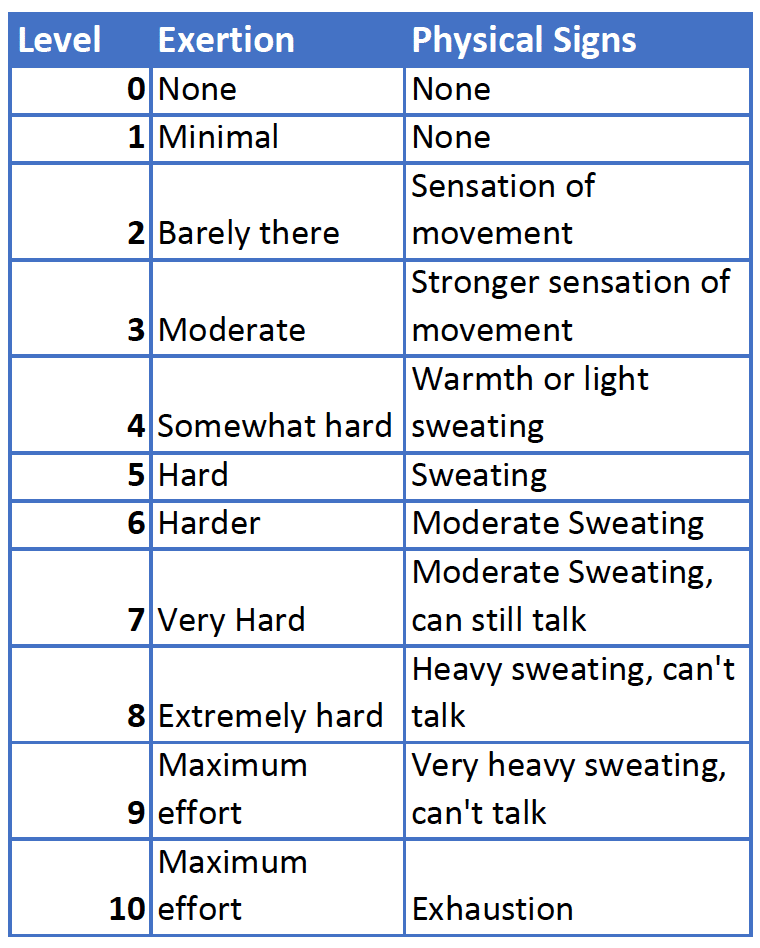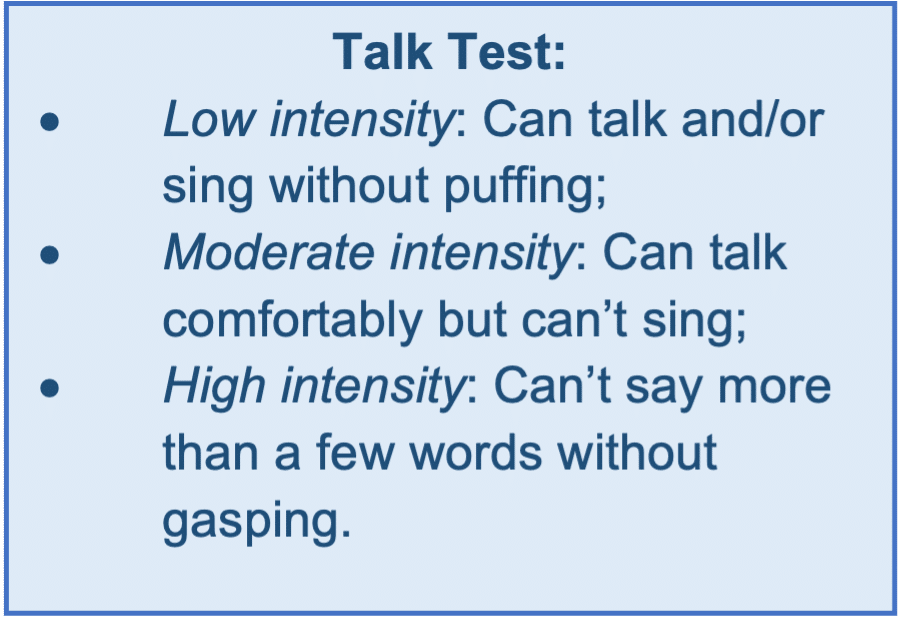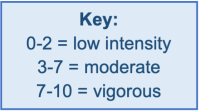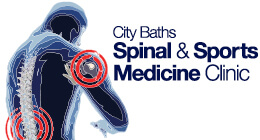Being active is a key part of a healthy lifestyle, benefiting your body and mind in many ways. It improves your heart health, keeps your muscles and bones strong, and lowers your risk of chronic diseases.
But how much exercise is considered “enough“? Let’s explore the Australian Physical Activity Guidelines to set realistic goals that work for you.
Research has shown there is a minimum amount of weekly movement that has benefits for physical and mental health. The Physical Activity Guidelines were created by the Australian government. They are designed to help you understand how much exercise you should be doing for your health.

Before discussing the guidelines, let’s define some key terms:
Physical activity: Any movement using energy.
Exercise: Planned, structured, and repetitive activity to improve or maintain fitness.
Exercise Intensity: How hard the body works during exercise. Measured by heart rate, effort, or talking ability, for example.
For this blog, intensity is defined using the Rate of Perceived Exertion (RPE) scale and the talk test.
They are both easy ways easy ways to self-monitor exercise intensity, without the use of equipment.



Types of Exercise
The guidelines mention two major types of exercise:
Aerobic exercise: often referred to as “cardio exercise”. It is structured, repetitive exercise that increases your heart rate. Examples include brisk walking, golf, jogging, swimming, cycling.
Strength exercise: also known as resistance or weight training. It is a form of exercise to improve muscle strength.
Strength training involves working against resistance such as:
- bodyweight
- machines bands
- free weights
Examples of strength exercises are: squats, lunges, push-ups and lifting weights.
Physical activity and exercise guidelines for Australians
Keep the above definitions in mind and we will now look at Australia’s Physical Activity Guidelines by age group.
(Table adapted from Physical activity and exercise guidelines; link below)

Sound overwhelming?
It can be daunting thinking about how to include more exercise into your already busy schedule. Here are some ways you can make small changes to incorporate more exercise into your day:
- Walk or ride instead of driving when going somewhere nearby.
- Get off a stop early on public transport to walk the rest of the way.
- Park a distance away from where you need to be and walk.
- Break up walks into 10–20-minute intervals throughout the day.
- Go for a walk on your lunch breaks.
- Use the stairs instead of lift or elevator.
Visit our experienced physiotherapists at City Baths Spinal and Sports Medicine Clinic if you’re facing challenges with meeting exercise goals or need guidance to start strong!
They understand how the body reacts to exercise and can help you create a safe plan to increase your activity levels. This prevents injuries and strain, so you can stay active without worry.
Before you start a new exercise routine, if you have past injuries or health concerns, make sure to consult a healthcare professional. Contact us or book online and find out how our physio team can help you achieve your exercise goals.

Discover Clinical Exercise at City Baths Spinal and Sports Medicine Clinic
- Physiotherapist supervised
- Suitable for all fitness levels, beginner to advanced
- Low-impact, muscle strengthening
- Fully equipped reformer studio

Learn more about Clinical Exercise, and the Clinical Exercise program at City Baths Spinal & Sports Medicine Clinic via our blog: Clinical Exercise vs. Pilates , where our physio Emily explains the difference between these two types of exercises, as well as discussing their benefits.
Join our community!

